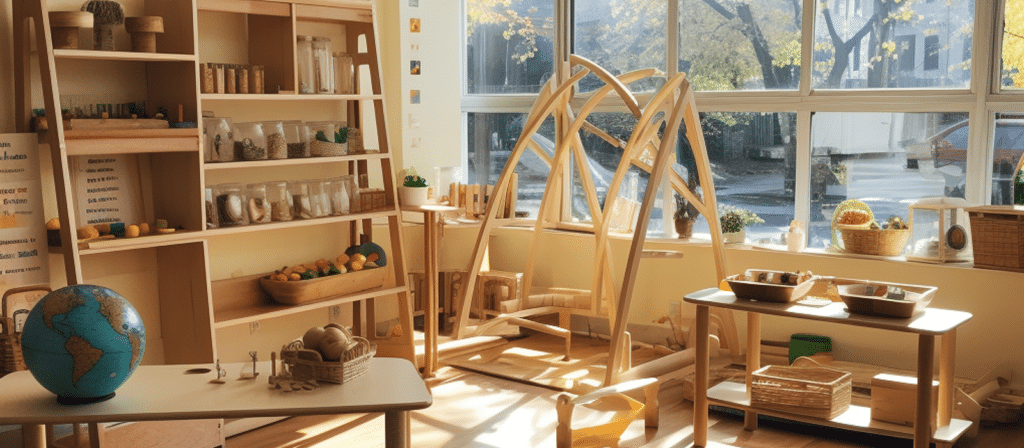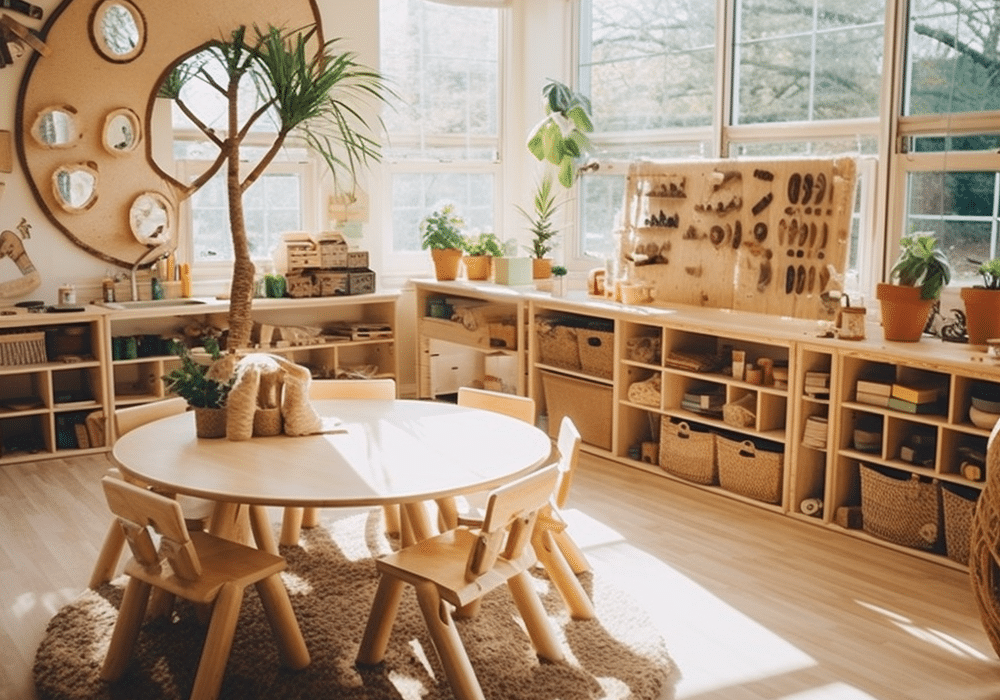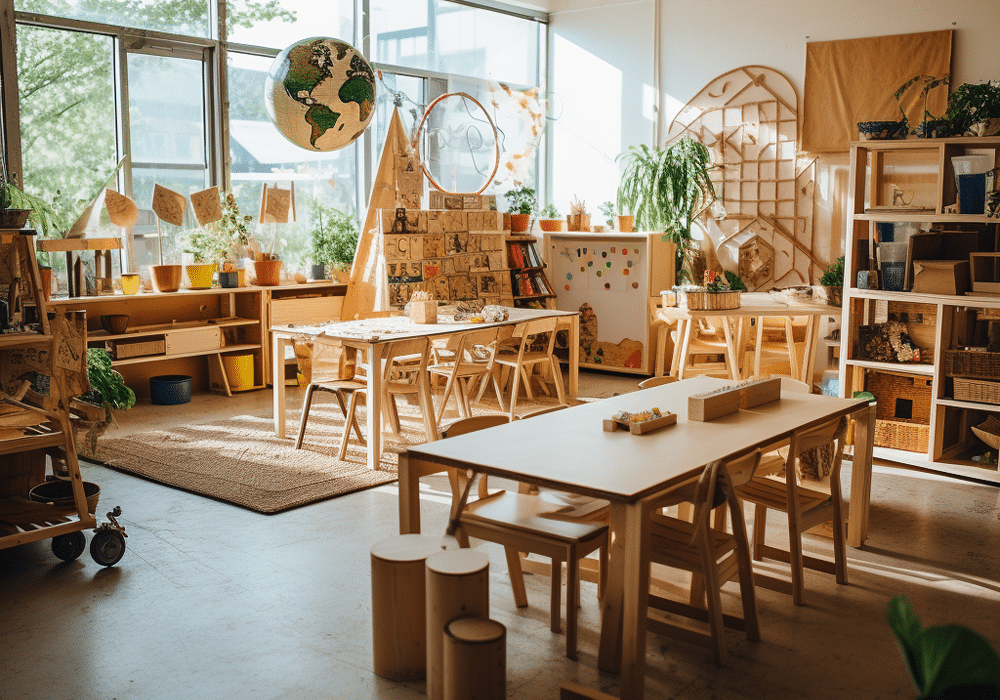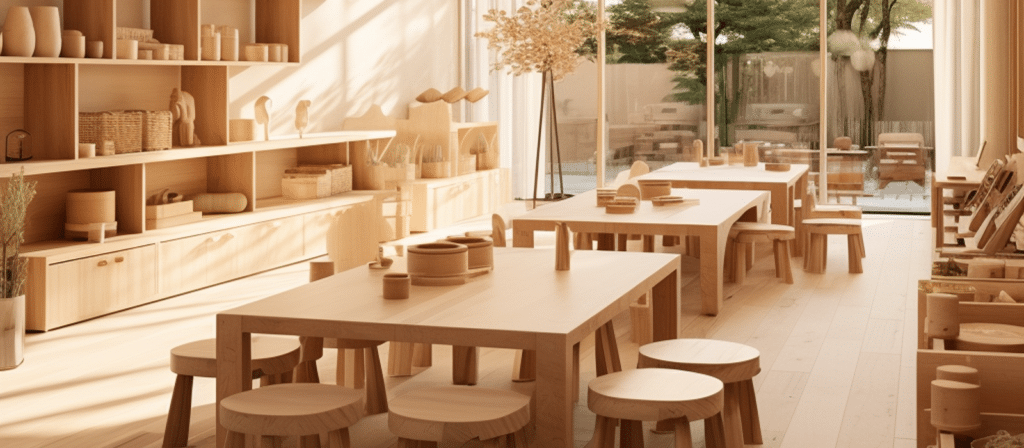Creating an organized and engaging environment in a preschool classroom is essential for promoting effective learning and play. Have you ever wondered how to arrange toys and materials to ensure a seamless learning experience for young children? Join us as we unravel the secrets of efficient organization in a preschool setting.
Organizing toys and materials in a preschool classroom is a strategic process aimed at maximizing learning opportunities while maintaining a tidy and inviting environment. By implementing thoughtful organization techniques, you can create an atmosphere that encourages exploration, engagement, and educational growth.
Why is Toy and Material Organization Important?
Before diving into the specifics of organizing toys and materials, let’s first understand why it is important. A well-organized classroom not only enhances the learning experience for children but also makes it easier for teachers and caregivers to locate and access the necessary materials. By having a systematic organization system in place, we can create an environment that promotes independent exploration, creativity, and a sense of responsibility among the children.

Categorize and Label
The first step in organizing toys and materials is to categorize them into different groups. This can be done based on the type of toy (e.g., blocks, puzzles, art supplies) or the learning area they belong to (e.g., math, language, science). By categorizing the toys and materials, we can easily identify which items belong together and allocate specific storage spaces for each category.
Once the toys and materials are categorized, it is essential to label the storage bins or shelves accordingly. Clear and visible labels not only help children identify where each item belongs but also encourage them to take responsibility for maintaining the organization. Simple picture labels can be used for younger children who may not be able to read yet.
Rotate Toys and Materials
Preschool classrooms often have limited space, and it can be overwhelming for children to have access to all the toys and materials at once. To avoid clutter and maximize the learning opportunities, it is beneficial to rotate the toys and materials regularly. This means keeping only a portion of the collection accessible to the children at a given time and storing the rest away.
By rotating the toys and materials, we create a sense of novelty and excitement for the children. It also helps them develop a deeper understanding and appreciation for the items they have access to. Additionally, rotating the toys allows us to introduce new concepts and themes gradually, ensuring that the children are continuously engaged and challenged.

Create Clearly Defined Areas
In addition to categorizing and rotating toys and materials, creating clearly defined areas within the classroom is crucial for effective organization. Each learning area should have its designated space where the related toys and materials are stored. For example, a reading corner can have a bookshelf or a cozy nook where books are easily accessible.
By creating these designated areas, we provide a visual structure that helps children understand the purpose of each space. It also makes it easier for them to locate and return items to their rightful places. Moreover, clearly defined areas promote independence and self-regulation as children learn to navigate the classroom and make choices based on their interests and needs.
Implementing a clean-up routine
Teaching children to clean up after themselves is an essential part of maintaining an organized classroom. Establish a clear clean-up routine, such as using a timer or a song, to signal the end of playtime. Make sure to involve the children in the process and provide clear instructions on where each item should be returned.
Creating a visual schedule
A visual schedule can help children understand the daily routine and expectations in the classroom. Include specific times for play, clean-up, and transitions. This visual tool can serve as a reminder for children to return toys and materials to their designated areas at the end of playtime.

Regular maintenance
Maintaining an organized classroom requires regular maintenance. Set aside time each day to tidy up and ensure that everything is in its proper place. This not only keeps the classroom organized but also sets a positive example for the children.
Involve Children in the Organization Process
One of the best ways to foster a sense of ownership and responsibility among children is by involving them in the organization process. Encourage them to participate in categorizing toys, labeling bins, and maintaining the orderliness of the classroom. This not only promotes their engagement but also helps them develop valuable organizational skills.
Make tidying up a part of the daily routine and teach children the importance of returning toys and materials to their designated places. Use positive reinforcement and praise to acknowledge their efforts and motivate them to take responsibility for the organization. By involving children in the process, we empower them to become active participants in creating an organized and functional classroom environment.

How does organization impact learning?
Research has shown that an organized environment positively impacts children’s learning and development. A well-organized classroom promotes a sense of order and structure, which can reduce distractions and increase focus. It allows children to easily access materials, encouraging independent exploration and learning. Furthermore, an organized classroom can foster creativity and imagination, as children can easily find the resources they need to bring their ideas to life.
What are some other benefits of an organized classroom?
In addition to enhancing learning, an organized classroom offers several other benefits. It creates a welcoming and inviting environment for both children and parents. It also helps teachers maximize instructional time, as they spend less time searching for materials and more time engaging with students. Furthermore, an organized classroom promotes a sense of calm and reduces stress for both teachers and students.
Conclusion
In conclusion, organizing toys and materials in a preschool classroom is essential for creating an optimal learning environment. By creating designated areas, utilizing storage solutions, involving children in the organization process, and implementing a clean-up routine, teachers can maintain an organized and inviting space. An organized classroom not only enhances learning but also promotes independence, creativity, and a sense of pride in the children. So let’s get organized and create a space where little minds can thrive!










